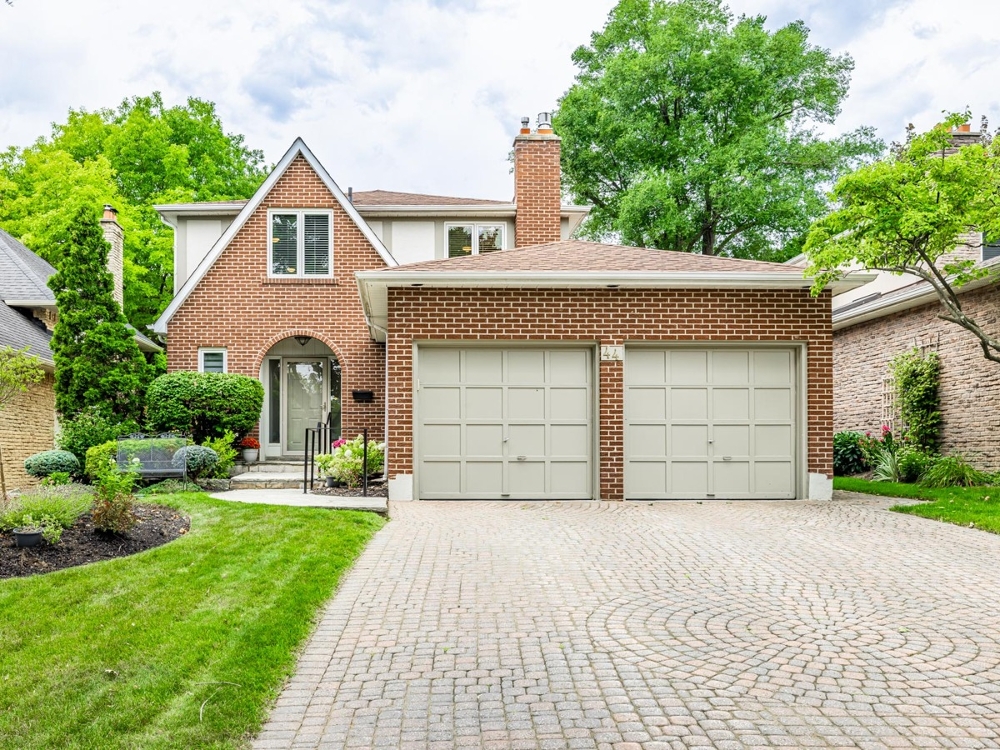I have sold a property at Main 7 Stafford Road in Toronto on Jan 15, 2026. See details here
**Photos are Virtual--Property is Vacant** Upper floors of fully renovated Home. Hardwood throughout living, dining and bedroom areas. Spacious foyer with double entry closet, Open concept - Kitchen open to Dining Room. Private Primary suite on its own level with 3 Pc. Bathroom. Kitchen with granite counters + undermount sink Plus Centre Island,. Stainless steel appliances include French Door Fridge, Stove, over the range Microwave with fan, Built in Dishwasher. Renovated main bath w/ granite counter. Private use laundry on main floor. Private use of large fenced back yard. Pot lights throughout, quality finishes. Quiet neighbourhood, child-friendly street. Walk to schools, transit, shopping center., parks, community Centers +++










.png)



